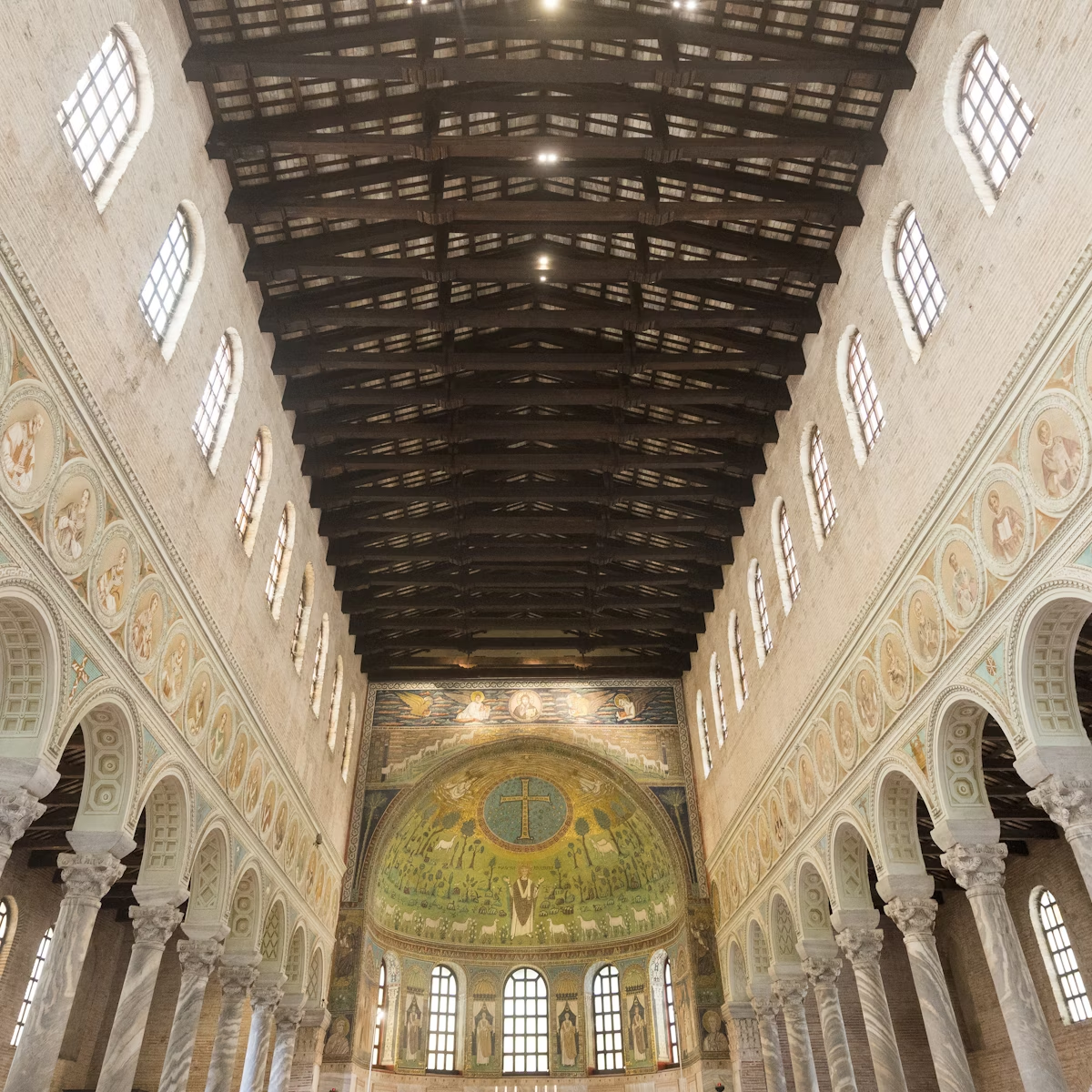Built originally in 13th-century Gothic style and dedicated to St Francis, Rimini's cathedral was radically transformed in the mid-1400s into a Renaissance Taj Mahal for the tomb of Isotta degli Atti, beloved mistress of roguish ruler Sigismondo Malatesta. Sigismondo hired Florentine architect Leon Battista Alberti to redesign the church in 1450, and the resulting edifice, while incomplete, is replete with Alberti’s grandiose Roman-inspired touches, along with elements that glorify Sigismondo and Isotta, including numerous medallions bearing the two lovers’ initials.
Alberti’s grand project was interrupted and eventually abandoned as Sigismondo’s popularity and influence waned in the 1460s. Sigismondo, known disparagingly as the 'Wolf of Rimini' thanks to his aggressive military campaigns, came into direct conflict with Pope Pius II, who burned his effigy in Rome and condemned him to hell for a litany of sins that included rape, murder, incest, adultery and severe oppression of the people. Sigismondo lost most of his territory in subsequent battles with Papal forces and died in 1468. His sarcophagus resides near Isotta’s inside the church.

